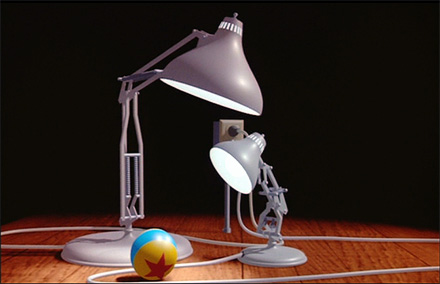 We also saw short films from early filmakers such as J. Stuart Blackton's 1906 film 'Humorous Phases of Funny Faces'. This film features Blackton drawing funny faces onto a blackboard and bringing them to life.
We also saw short films from early filmakers such as J. Stuart Blackton's 1906 film 'Humorous Phases of Funny Faces'. This film features Blackton drawing funny faces onto a blackboard and bringing them to life. We then looked at the work of John Lasseter and Pixar on films such as Luxo Jr. and Toy Story. Lasseter is a well known figure in the world of animation and is both the Chief Creative Officer at Pixar and the Principal Creative Advisor at Walt Disney Imagineering. I found this very interesting as I'm a fan of all Pixar works.
We then looked at the work of John Lasseter and Pixar on films such as Luxo Jr. and Toy Story. Lasseter is a well known figure in the world of animation and is both the Chief Creative Officer at Pixar and the Principal Creative Advisor at Walt Disney Imagineering. I found this very interesting as I'm a fan of all Pixar works.After the talk about early parlour toys such as zoetropes, I remembered the Pixar zoetrope I'd seen on the Toy Story DVD. This zoetrope actually uses sculptures rather than drawings, and the illusion of movement is created using a strobe light rather than slit holes.
This zoetrope was inspired by a similar model made by Studio Ghibli, which I couldn't find a video of :(


No comments:
Post a Comment